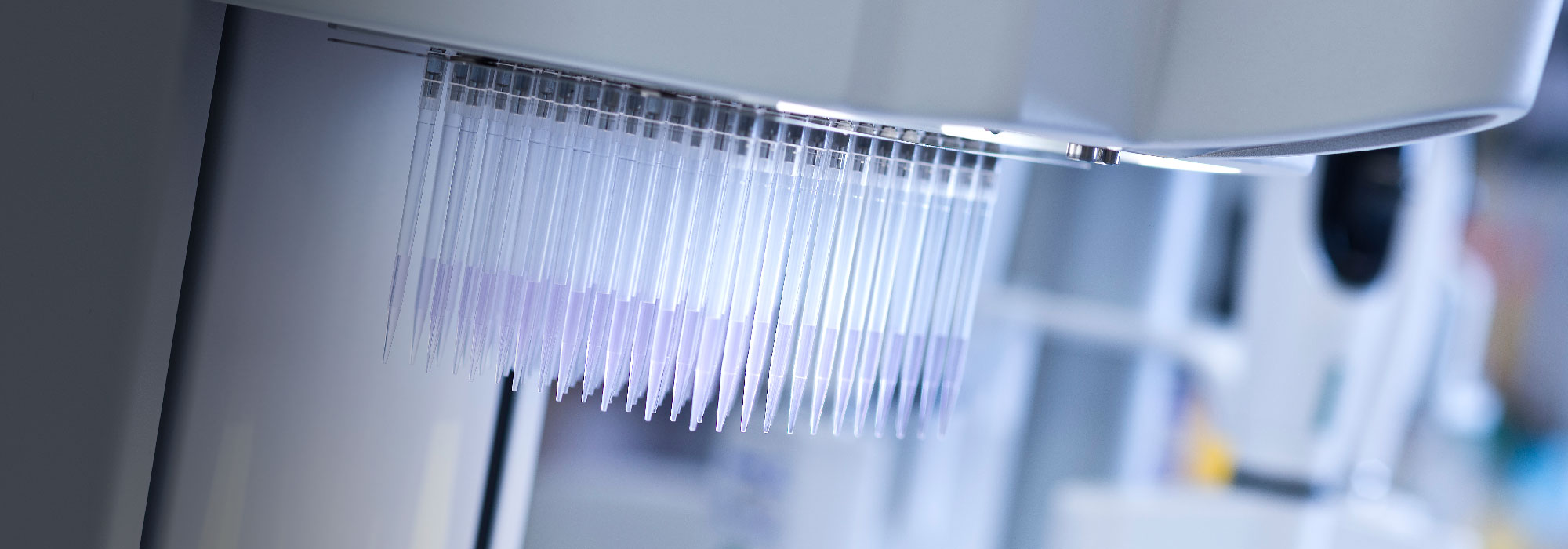Wee 1
Background
Many cancer treatments such as radiation, antimetabolites, alkylating agents, DNA topoisomerase inhibitors and platinum compounds damage DNA in cells. The cellular response is to arrest the cell cycle temporarily to allow DNA repair hence reducing the effects of chemotherapy. Wee1 is a nuclear kinase belonging to the Ser/Thr family of protein kinases and is a key regulator of cell cycle progression (G2 to M transition). There is emerging evidence demonstrating that Wee1 also has critical functions as a regulator of the S phase and as an epigenetic modifier. These findings coupled with the frequently observed functional inactivation of p53 (which controls G1 cell cycle arrest) suggest that Wee1 inhibitors may have therapeutic benefit across a multitude of cancer types in both combination and monotherapy modalities.
Status
Almac Discovery has discovered several novel sub-series of small molecule Wee1 inhibitors through focused medicinal chemistry efforts (including structure based design). We have optimized our lead compounds into highly potent and selective inhibitors of Wee1 that demonstrate potent anti-proliferative activity in a variety of cancer cell lines both in combination and as single agents. Further optimization has yielded lead compounds with excellent in vivo efficacy and DMPK/Tox profiles that were in turn progressed towards candidate drug selection.
Commercial opportunities
Our successful Wee1 inhibitor programme was partnered for further development with Debiopharm International in June 2017. Wee1 clinical candidate Debio0123 is set to advance into clinical trials.
Find out more through our press release here.


